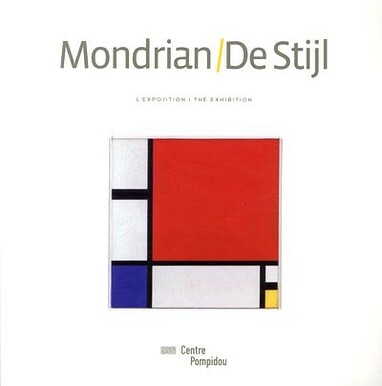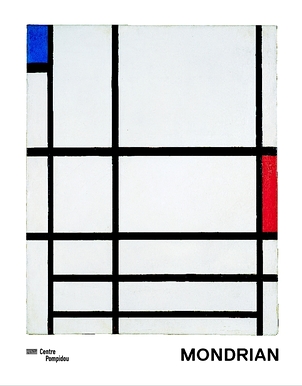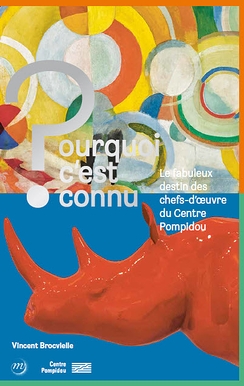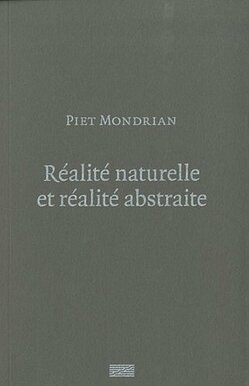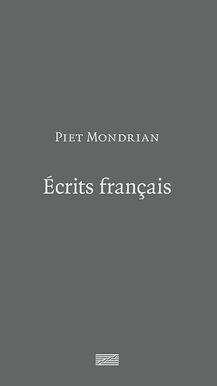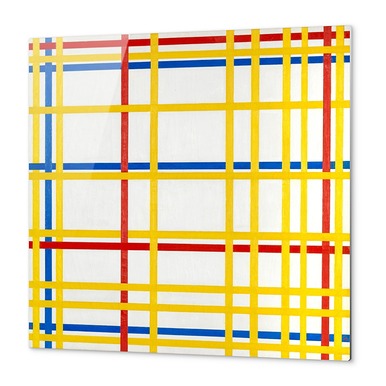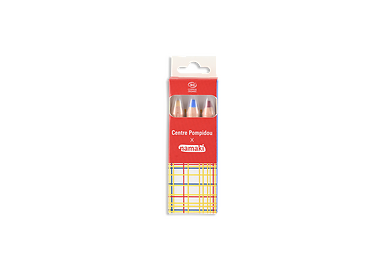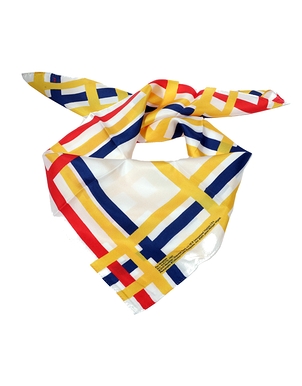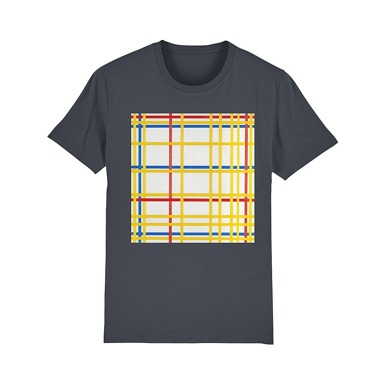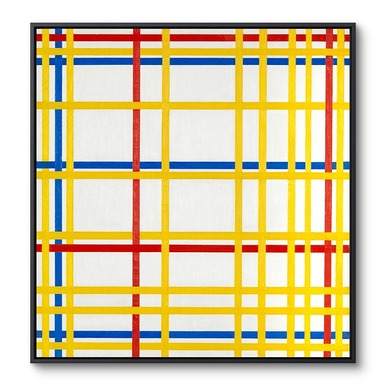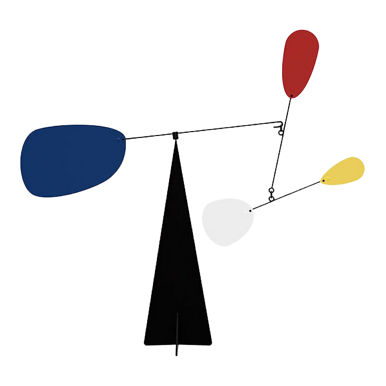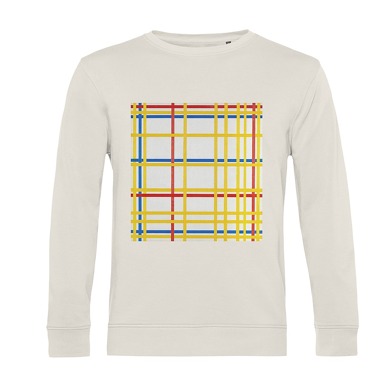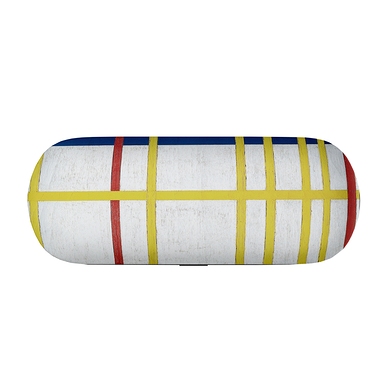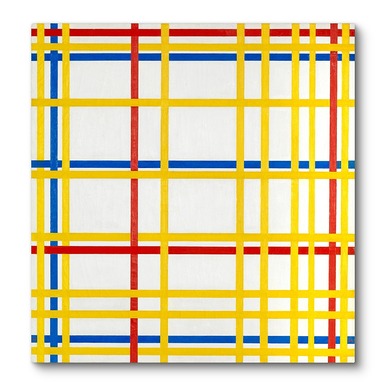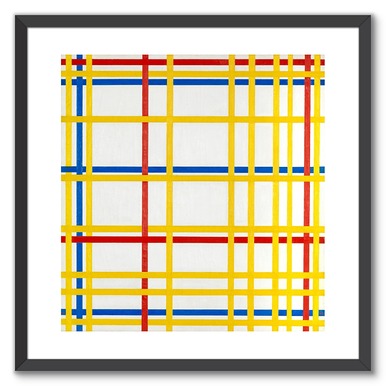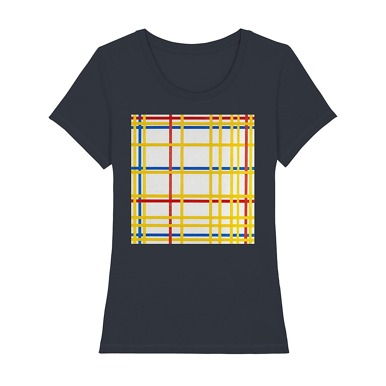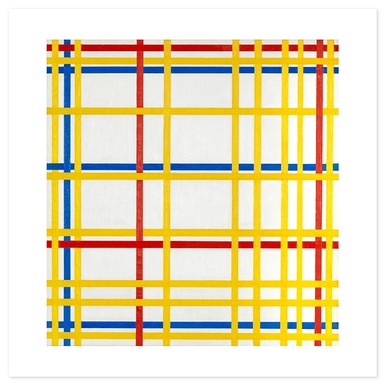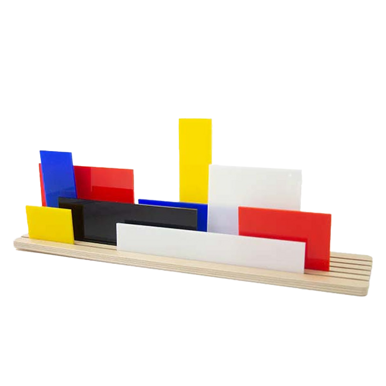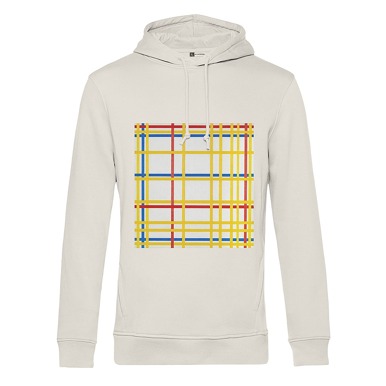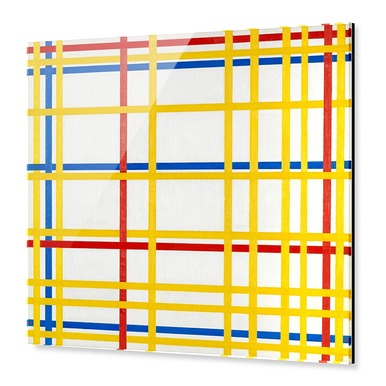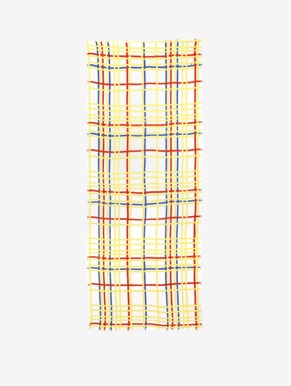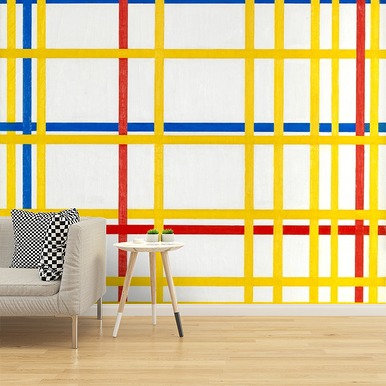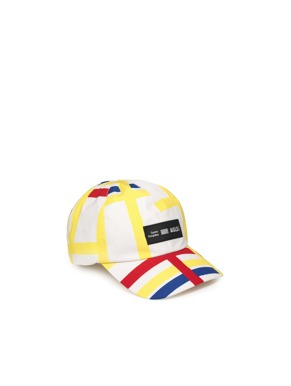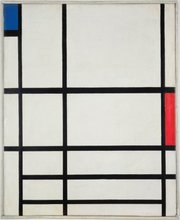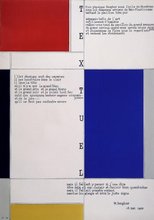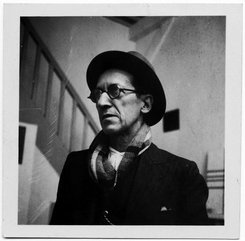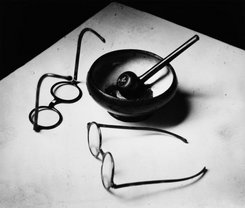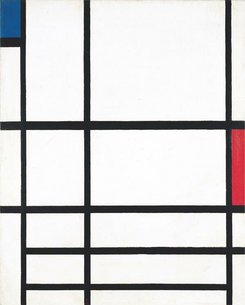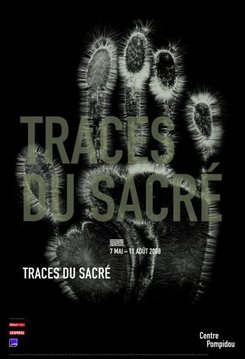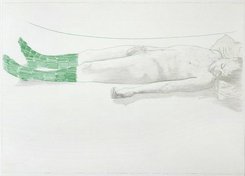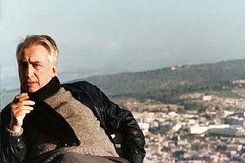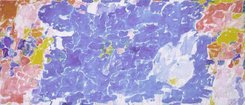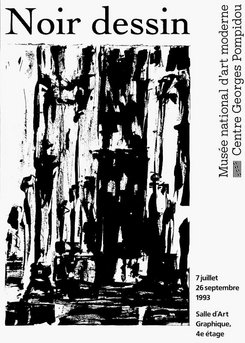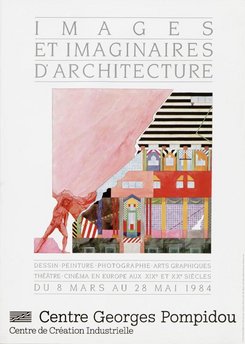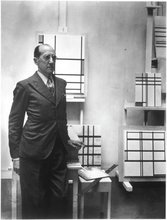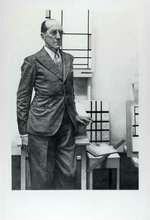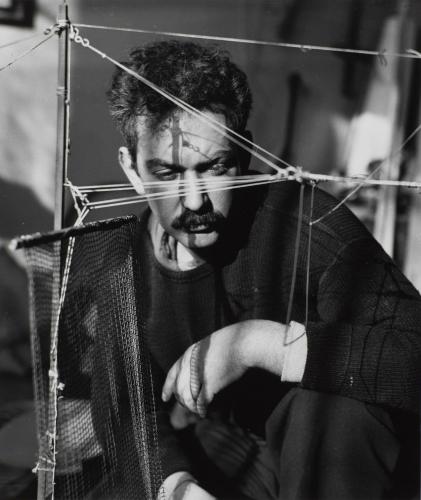Artist/personality
Piet Mondrian
Peintre
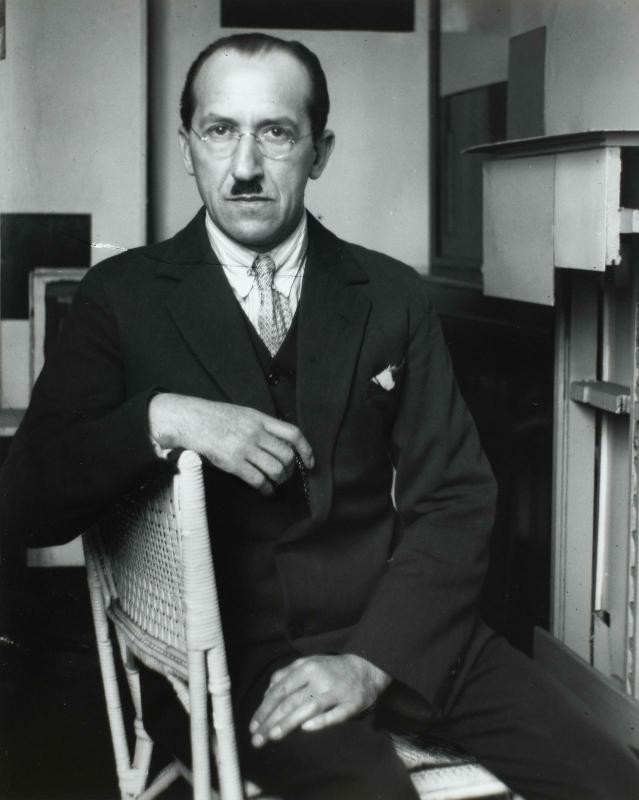
Piet Mondrian
(Pieter-Cornelis Mondriaan, dit Piet Mondrian)
Peintre
Nationalité néerlandaise
Birth: 1872, Amersfoort (Pays-Bas)
Death: 1944, New York (New York, États-Unis)
Domaine public
Her/his artworks
Biography
A key figure in the Dutch artistic movement De Stijl, Piet Mondrian devoted himself to seeking a "universal pictorial language" from 1912 onwards, which led him to geometric abstraction. His iconic compositions, using primary colours with vertical and horizontal black lines, contributed to the rise in abstract painting, alongside Kazimir Malevich and Wassily Kandinsky. The interwar period saw his "Neoplasticism" flourish and create fruitful intersections with design and architecture. In his utopian quest for a form of painting capable of transforming the world, Mondrian pioneered multiple aspects of the contemporary world. His visual vocabulary still finds resonance with many artists and designers.
As a child, Pieter Cornelis Mondriaan, son of a Calvinist pastor, was introduced by his uncle to plein-air painting. In 1892, he enrolled at the State Academy of Fine Arts in Amsterdam, but he did not feel fulfilled there. His painting at the time was marked by Fauvism, which pushed him to reject the "colours of nature" and use pure colour. In the 1900s, the occult movement of Theosophy, which profoundly marked him, was translated into his painting through large symbolist compositions with a spiritual dimension (Evolution triptych, 1910-1911).
Upon moving to Paris in 1912, Mondrian discovered Cubism. His compositions started to become increasingly geometric, using a grid, with construction becoming a greater concern over colour. In 1913, he turned towards abstraction. He worked with "plus" and "minus" symbols in repeated motifs (Jetée et océan [Pier and Ocean], 1915; Composition, 1916). From 1920 onwards, the system he named "Neoplasticism" was in place: black lines punctuated with blocks of primary colour were created in endless variations. He started to work in series and number his paintings. In this way, Mondrian created a hundred "Neoplasticist" paintings between 1912 and 1938.
The artist lived on Rue du Départ at the time, in the Montparnasse neighbourhood. In the major exhibition "Mondrian / De Stijl" at Centre Pompidou in 2010, visitors could discover a life-sized reconstruction of his studio composed like one of his paintings.
In 1917, Theo van Doesburg founded the journal De Stijl (The Style), in favour of pure abstraction. Mondrian was an active participant, before falling out with the founder in 1924 because he would only accept a limited number of geometric pieces.
In 1940, due to the war, Mondrian fled to New York where he began a series of four new paintings, including New York City (1942). Colour took over the vertical and horizontal strips, interwoven into the thickness of the painting. The grandiose cityscapes of the avenues of the American metropolis gave him new energy, just like the boogie-woogie music that he loved. He passed away in 1944, leaving part of the series incomplete.
Medias
Events
Artistic collaborations
In the store
